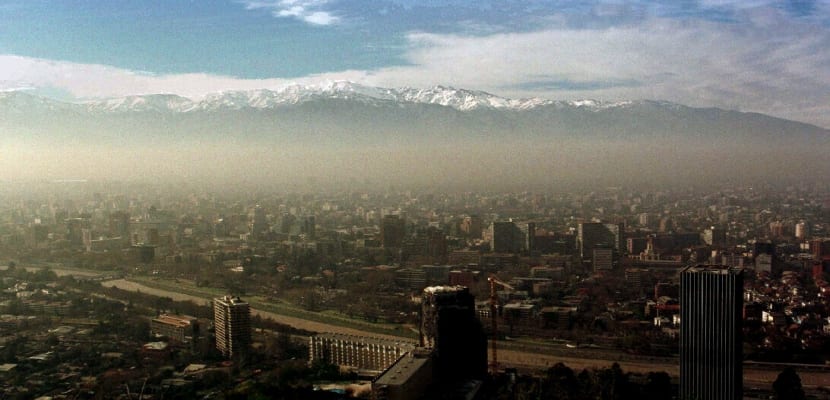
La atmospheric pollution affects more than 8 out of 10 citizens in the world. And the situation continues to deteriorate, specifically in emerging countries. On May 12, the World Health Organization published a broad overview of the air quality in an urban environment. This new database covers 3000 cities located in 103 countries, practically doubling the volume of the previous study published in 2014.
Globally, the concentration levels of particles fine in urban areas they have increased by 8% over the last 5 years. If the situation is more or less controllable in rich countries, air pollution worsens in developing countries.
The maximum threshold set by the World Health Organization is 20 micrograms per cubic meter for the mean annual concentration of fine particles PM10 in the air and that is sprayed in most urban areas of emerging countries. The most polluted city in the world is no longer New Delhi, as it was in 2014, now it is Peshawar, northeast of Pakistan, where the concentration level reaches 540 micrograms per cubic meter.
Peshawar, the most polluted city in the world
In almost all municipalities with more than 100.000 inhabitants in low or intermediate income countries, the World Health Organization maximum threshold has been exceeded, and sometimes widely, with records much higher than those recorded during peaks. from contamination in a country like France.
Pakistan, Afghanistan and India appear as the countries with the highest risk. In Karachi, the economic capital of Pakistan, or in Rawalpindi, the air is no less breathable than in Peshawar. The same is true in Afghanistan, in Kabul and in Mazar-e-Sharif. India is also at the top of the table with many heavily polluted cities such as Raipur in the center of the country and Allahabad in southeast New Delhi., the capital that presents a concentration of 229 micrograms per cubic meter.
The gulf countries they also have a high level of air pollution. In Saudi Arabia, the inhabitants of Riyadh and al jubail, in the east of the country, are subject to concentration levels that exceed 350 micrograms per cubic meter. Those of Hamad Town, in the center of Bahrain, and Ma'ameer, further east, also show high levels of contamination.